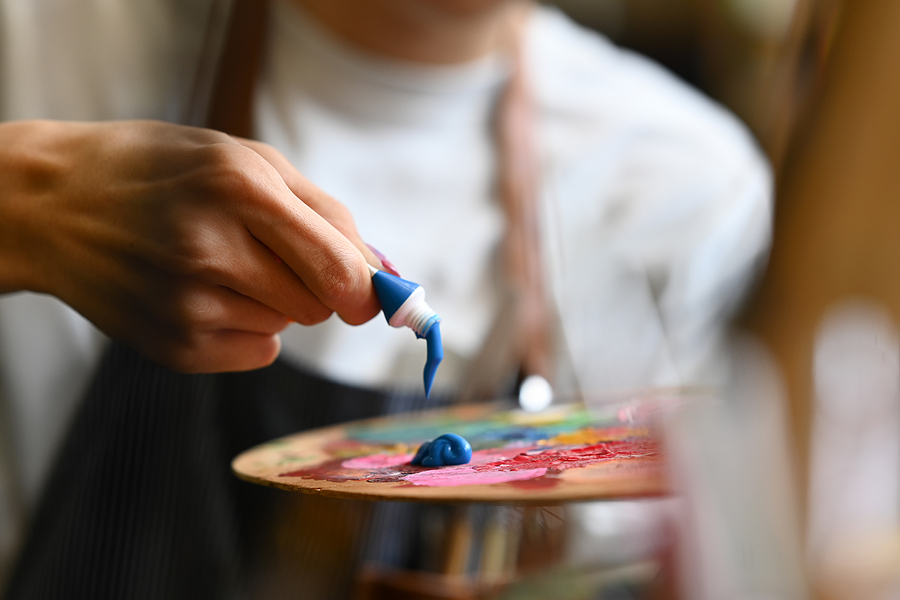Paintings of statues and sculptures bridge the gap between two distinct art forms, allowing artists to explore the essence and aesthetics of three-dimensional sculptures within the confines of a two-dimensional canvas. This unique genre invites viewers to engage with the intricate details, emotions, and narratives embedded in sculptures, captured through the skillful use of color, texture, and composition. In this article, we delve into the fascinating world of paintings featuring statues and sculptures, exploring their history, techniques, thematic significance, and the ways they enrich our artistic experience.
A Historical Overview
The tradition of creating paintings depicting statues and sculptures dates back centuries, showcasing the interconnectedness of visual arts. Artists in various cultures and time periods have explored this theme, offering their interpretations of both famous and lesser-known sculptures. During the Renaissance, artists such as Leonardo da Vinci and Michelangelo painted studies of sculptures, exploring their anatomical accuracy and proportions. As art continued to evolve, the portrayal of sculptures in paintings became a means of celebrating cultural heritage, capturing moments of aesthetic contemplation, and providing a fresh perspective on well-known artworks.
Techniques and Approaches
Painting of statues and sculptures presents unique challenges and opportunities for artists. Skillful techniques and creative approaches are employed to translate the three-dimensional qualities of sculptures onto a two-dimensional canvas:
Texture and Form: Artists employ techniques like chiaroscuro and impasto to convey the texture, form, and volume of the sculptures. These techniques create an illusion of depth and tactile qualities, enabling viewers to imagine the touch of the sculpture’s surface.
Color Palette: The selection of colors plays a crucial role in conveying the materiality and atmosphere of the sculpture. Subtle variations in hues can emulate the play of light on different surfaces, highlighting the sculpture’s features and details.
Composition: The arrangement of the sculpture within the painting’s composition affects the viewer’s engagement. Artists carefully consider how to capture the sculpture’s best angles and perspectives, enhancing its impact on the viewer.
Emotional Resonance: Beyond technical accuracy, artists infuse their works with emotions and narratives. They explore the stories behind the sculptures and seek to evoke similar feelings in their audience.
Thematic Significance
Paintings featuring statues and sculptures hold several thematic significances that enrich their narrative:
Cultural Reflection: These artworks serve as reflections of cultural identity and heritage. They depict sculptures that often hold deep cultural, religious, or historical significance, inviting viewers to engage with different periods and civilizations.
Art Within Art: The combination of painting and sculpture creates a dialogue between two forms of artistic expression. It allows viewers to appreciate the meticulous artistry of both the sculptor and the painter, as well as the interplay between various artistic mediums.
Timelessness: The juxtaposition of sculptures against painterly backgrounds captures a sense of timelessness. It invites viewers to contemplate the enduring value of art across centuries and epochs.
Aesthetic Contemplation: Paintings of sculptures encourage viewers to engage in aesthetic contemplation, exploring the interplay of light, shadow, and composition that define the sculpture’s visual impact.
Contemporary Interpretations
In the contemporary art world, artists continue to explore the theme of painting sculptures, infusing it with new perspectives and narratives. Modern technologies allow for innovative approaches, such as using digital tools to merge traditional and digital mediums. These artworks challenge conventional notions of representation, blurring the lines between reality and imagination.
Conclusion
Paintings of statues and sculptures offer a captivating journey through time, medium, and artistic intention. As painters translate the three-dimensional world of sculpture onto the canvas, they preserve the essence and beauty of these works in a new and engaging form. From exploring the intricate details of classical sculptures to reimagining their narratives in contemporary settings, these paintings stand as a testament to the enduring power of artistic expression and the deep connection between visual arts across different dimensions.
Image Source: BigStockPhoto.com (Licensed)
Related Categories: Art & Design, Reviews








